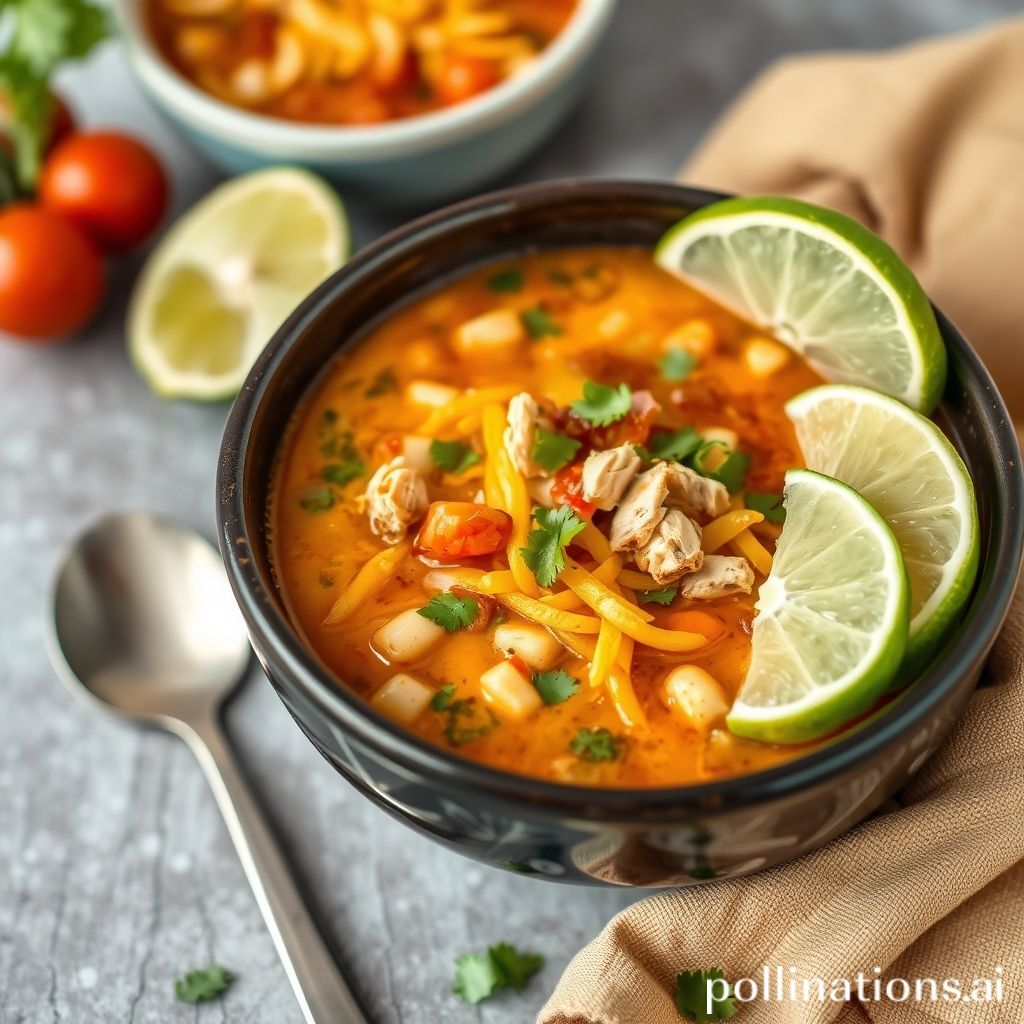Table of Contents
Introduction
In the digital age, the demand for compelling content has skyrocketed, putting creativity at the forefront of successful communication. But what if you could supercharge your creativity with the help of cutting-edge technology, completely free of charge? Enter the world of free AI content generators, where innovation meets imagination, offering an array of tools that can transform the way you create and consume content.

Whether you are a seasoned writer facing the inevitable writer’s block, a marketer looking to craft engaging copy, or an entrepreneur striving to communicate your brand’s story effectively, AI content generators promise a revolutionary approach to content creation that can help unlock your creative potential. Join us as we delve into the realm of AI-driven creativity, exploring some of the best free tools available that are poised to redefine your content creation journey.
Unveiling the Wonders of AI Content Creators: The Freebies Edition
Once upon a time, in the whimsical world of digital words, there came an era when AI content creators sprinkled their magic for free. Oh yes, these digital wizards are not just figments of our imagination but real knights in shining armor helping bloggers and businesses alike. But how do they stack up, you ask? Well, the best part is, you’re not tethered to your wallet with these free wonders.
Imagine walking through an enchanted forest of words, where every tree symbolizes a different AI tool offering you delightful prose without costing a dime. Transitioning from one vignette to another, each tool has its melody and rhythm, a symphony of clicks and clacks if you will—like rain tapping on rooftop tiles—telling tales of creativity unlocked.
Sure, some of these might feel a tad like trying to fit a square peg in a round hole, but therein lies the charm and irony of free things, right? You may stumble upon limitations—tiny speed bumps on the superhighway of automation eagerly reminding us of their humble beginnings. But oh, when they get it right, it’s like striking gold in the Wild West! So, hold their virtual hands and take a leap into endless possibilities!
The Holy Grail of Content Creation: Can Free AI Tools Deliver?
Ah, the quest for the best free AI content generator—the modern-day Holy Grail, isn’t it? Like knights of old seeking that elusive chalice, content creators wander through the dense jungle of the internet’s offerings, hoping to discover a tool that’s as magical as a wizard’s wand. And let’s face it, folks, in a world where time rushes past us like a whirlwind, who wouldn’t want a bit of sorcery to spice up their digital ink?
Why, just the other day, a friend of mine tested a free AI tool that promised to transform mundane text into a work of art. She was hoping for Shakespeare but ended up with something more akin to a limerick gone astray. Oh, the irony! The moral of her story? Free isn’t always flawless. But there’s a silver lining—sometimes these tools, like apprentice wizards practicing their trade, surprise us with poetic prose that feels like a gentle breeze on a scorching day.
Now, don’t get me wrong, these free AI tools have potential. While they might not be the goose laying golden eggs, they sure can make a fine omelet now and then, getting you closer to spinning pure gold. But, as you wander this maze, keep your expectations balanced, and maybe, just maybe, you’ll strike gold—or at least, gold-plated ideas.
Scrutinizing Popular Free AI Writing Tools: A Closer Look
Ah, the digital age! Where robots aren’t just figures in science fiction but are actually helping us churn out content at lightning speed. But with the tidal wave of options out there, it’s like finding a needle in a haystack when you’re on the hunt for the best free AI writing wizard. Some say these tools are as rare as hen’s teeth while others think they’re a dime a dozen.
Tools like ChatGPT, around the neighborhood, are no longer the new kids on the block. It’s like they’re this trusty sidekick, ready to swoop in with a splash of inspiration just when writer’s block hits hard. Stepping into their shoes, others like Copy.ai and Rytr are vying for the spotlight, promising a whirlwind of words in a jiffy, all without costing a single penny. Can we believe these promises though? They say, ‘the proof’s in the pudding.’
Ironically, while some writers may feel these AI companions are partners in crime, others might whisper tales of them being like a broken pencil—pointless in certain storytelling scenarios. With the clock ticking and deadlines looming like a dark cloud, every word counts. As we dig deeper, one can’t help but wonder—do these AI writing tools sit at the peak of perfection, or are they merely diamonds in the rough, needing just a tad more polish?
Unleashing AI Power on WordPress: Automated and Free!
Imagine your WordPress site working like a well-oiled machine, churning out content like hotcakes on a Sunday morning. The secret ingredient? Free AI content generators! These digital wizards, with their automated prowess, can transform your blogging dreams into reality. They’re like the fairy godmothers of content creation, waving their digital wands to turn your scattered notes into golden prose without costing you a dime.
Now, let’s take a quick stroll down the memory lane of someone who discovered AI tools. Jane, a budding blogger, was drowning in drafts and deadlines. Then, she stumbled upon a free AI content generator. With a dash of artificial intelligence, her WordPress woes vanished. The AI tool didn’t just give her words; it gave her time, that elusive treasure.
Such tools are not just creators; they’re thinkers and planners. With AI on board, the possibilities stretch wider than the horizon on a clear day. Yet, the irony isn’t lost—while machines pen prose, humans rejoice over a digital symphony of clicks and scrolls. Oh, the sweet sound of productivity! For those ready to embrace the whirlwind of tech, free AI content generators are an open door to limitless creativity on WordPress!
AI-generated content vs. Human Ingenuity: The Content Creation Showdown
In the bustling bazaar of content creation, a new vendor has pitched its flashy tent—AI-generated content. Oh boy, talk about stirring the pot! You’ve got these digital scribes, working around the clock like tireless bees in a hive, churning out blogs, articles, and what-have-you at breakneck speeds. On the human side, though, there’s still place for heart, soul, and a touch of wit. We’re not just selling stories; we’re sharing pieces of our lives, like live wires sparking creativity.
Now, don’t get me wrong—AI’s a shiny new coin in the purse of progress, but let’s not forget the craftsman’s trusty hammer. Ever tried baking bread by hand versus using a machine? The homemade loaf, with its uneven crust and peculiar flavor, often has a story to tell. In contrast, each slice from the machine looks like a clone of the last. Sure, AI tools bring the thunder—quick results, vast information. Yet, in the silence of night, creativity often whispers to the humans, painting a tale that’s uniquely theirs. Where AI’s logic-driven process meets human ingenuity, fireworks follow. A hare and tortoise kinda race, perhaps? Stay tuned for more chapters in this tale of pixels versus prose.
Streamlined Content Creation: Automating the Mundane
Picture this: It’s a gray Monday morning, and you’re sipping your coffee, heart sinking at the thought of having to craft content until the cows come home. Wouldn’t it be golden if there was a magic wand to wave away the mundane? Voila, in strides AI content generators. They’re like that trusty old friend who always lightens the load, juggling phrases and crafting sentences as if words were as light as feathers. With such a tool, writing isn’t a Herculean task anymore but a walk in the park.
Now, imagine using an AI content generator that feels like it’s reading your mind, anticipating your next move like a grandmaster in chess. These whizzes of modern tech whip up content quicker than a bat out of hell, with finesse that’d make Shakespeare tip his hat. Though they can’t quite replace the raw emotion of the human touch, they work wonders at turning tedious tasks into child’s play.
Transitioning from the old grind to this breeze isn’t just a leap—it’s like crossing a bridge to the future. So, when those words start to feel as heavy as lead, remember that AI’s here to lend a hand, making content creation as easy as pie.
SEO and AI: Optimizing Your Free AI-generated Content
Ah, SEO and AI—quite the dynamic duo, wouldn’t you say? When it comes to crafting stellar content using a free AI generator, it’s like baking a cake with the best ingredients yet free of charge. But here’s the kicker, folks: not everything that glitters is gold without a sprinkle of optimization magic. Now, let’s dive into this—picture your AI-generated content as a promising young rookie on a team. Sure, it’s got potential, but without a solid strategy, it might just sit on the bench.
Start by ensuring your keywords are tighter than a drum. They’re the bread and butter of SEO, guiding search engines like a compass through a dense forest of information. Picture keywords as lighthouses guiding ships—or search engines, in this case—through thick fog. Banishing any repetitive language? Well, that’s like brushing away cobwebs, letting the true essence of your content shine through.
But wait, there’s more! Incorporating engaging images or media adds a dash of color, painting a vivid picture that keeps readers at the edge of their seats. And remember, optimization doesn’t stop until every metaphorical i is dotted and t is crossed, ensuring your piece is as ready as ever to hit the ground running.
The Future of AI Content Generators: What Lies Ahead?
The future of AI content generators? Well, that’s as exciting as a treasure hunt, full of twists and turns! With AI learning to write not just with precision but with pizzazz, we’re diving headlong into a brave new world. Just picture it—a time when AI’s penning bestsellers and giving Shakespeare a run for his money! Can you imagine the irony of a robot churning out poetry that makes your heart flutter? It’s like a symphony of circuits and synapses strumming the strings of creativity.
But, wait a sec! Let’s not get ahead of ourselves; there’s a catch. As these clever algorithms evolve, there’s more to juggle than a circus act. Content that’s emotionally savvy? It’s not quite here yet, but the horizon’s not far off. The humming of progress whispers secrets of AI understanding slang as slick as a whistle and nuance as delicate as the first snowflake of winter.
Oh, the possibilities! With AI at the helm, the writing process is set to be transformed, a kaleidoscope of words and wonder yet to be woven. So, buckle up! The tale of AI content generators, full of potential and promise, is only just beginning to unfold.
Conclusion
In the vibrant realm of AI content creation, leveraging free tools is no longer a luxury but a necessity. As we’ve explored, the transformative power of these digital allies can turn content creation into an effortless endeavor. While these tools offer a treasure trove of possibilities, not all roads lead to gold without guidance. Enter WPHorde, a platform that epitomizes this evolution, streamlining the process and leaving no room for inefficiencies.
Failing to hop on this AI bandwagon means lingering in the past as competitors advance with automated prowess. Who would choose to miss out on the efficiency and creativity unlocked by such innovations? To all content creators—embrace these tools, step into the future, and equip yourself with WPHorde. Now’s the time to act; the future is AI-driven.
Frequently Asked Questions
What are some popular free AI content generators?
Some popular free AI content generators include OpenAI’s GPT-3 Playground, Google’s BERT via AI Dungeon, and Copy.ai which offers limited free credits each month.
Is there a completely free AI content generator that offers unlimited usage?
Most high-quality AI content generators offer limited free usage and require a subscription for unlimited access. However, you might find open-source alternatives with fewer features.
Can free AI content generators produce high-quality content?
Yes, free AI content generators can produce high-quality content, but they may have limitations on the volume of content that can be generated without paying.
What are the limitations of using free AI content generators?
Free AI content generators may have limitations such as restricted usage, fewer features, and less control over the output compared to their paid versions.
How can I choose the best free AI content generator for my needs?
To choose the best free AI content generator, consider factors like ease of use, content quality, the inclusivity of features, and read user reviews to see how others have evaluated their experiences.
















